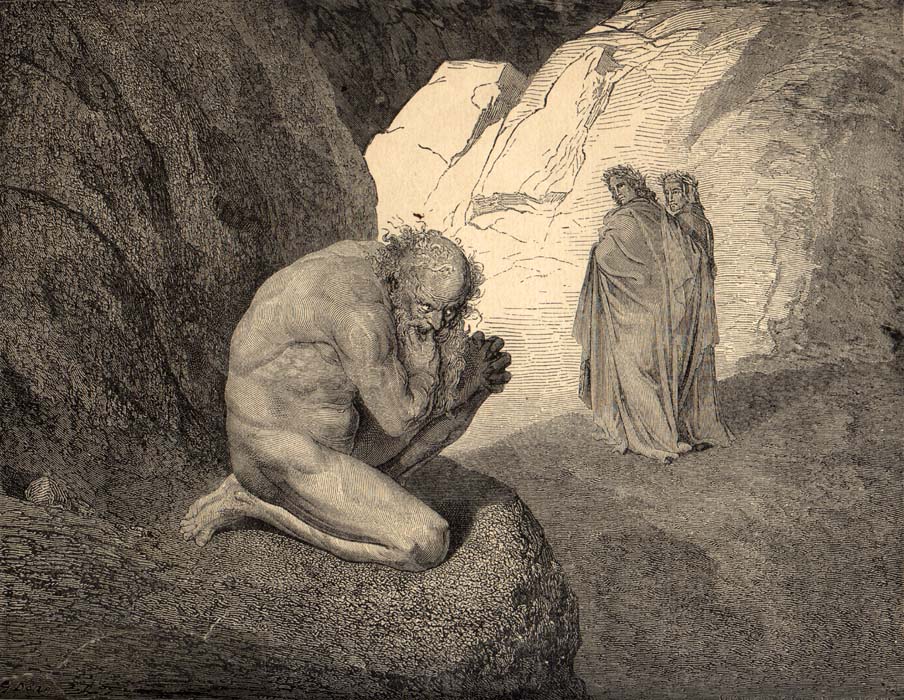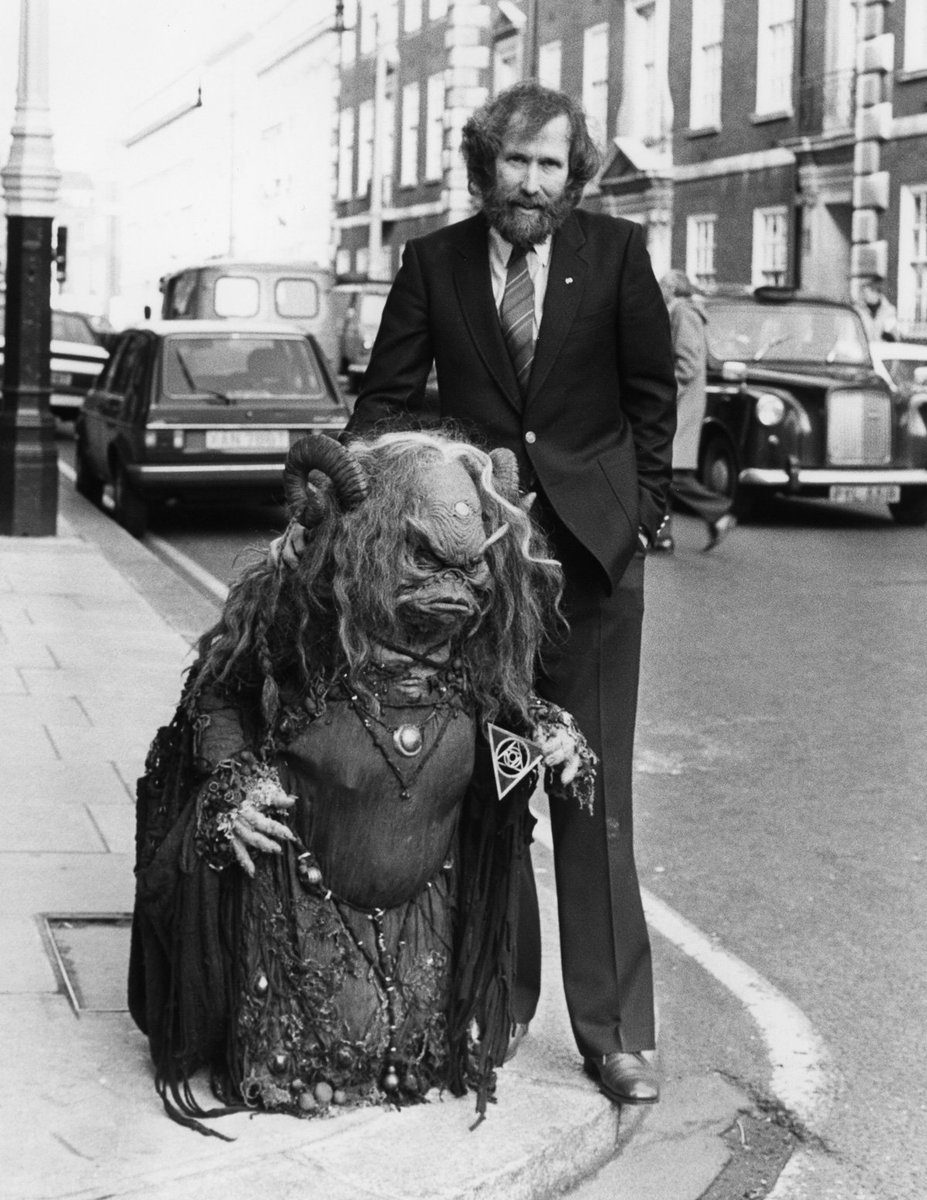
June MMXX | A.W. Clovenhopf
HEAVEN AND HELL - JUPITER MEETS PLUTO MMXX
Astrology works not only as a linear progression of events, but also as a cyclical series of interactions. There will often be multiple opportunities when we meet a similar circumstance, perhaps the second or third time with more preparation and courage to face the problems we need to address. In June, Jupiter connects with Pluto for the second time in 2020. The first time was in early April when the new economic and physical realities of the coronavirus began to shake the states. The third time will be in November 2020, during the US Presidential election. The Jupiter/Pluto interaction is important because it carries the energy of a meeting between Saturn and Pluto that happened in January into action and resolution. A planetary relay race begins, and reminds us that any current feelings of polarization need to be viewed through the lens of history.
We’ve seen Saturn and Pluto interact before, and the importance is stressed by looking at the dates. August 1914, September 1939, and October 1982 for exact conjunctions, or when it looks like the planets are right on top of each other. The most recent Saturn Pluto alignment, prior to the 2020 event, was an opposition, or when the planets appear to be staring each other down from across the sky. That event occurred in August of 2001, and was manifested into consciousness by the lunar occultation of Saturn and Jupiter on the opposition point, September 10. These events all symbolize the end of an old order of existence, and the beginning of new destructive powers. War, disease, and the empowerment of conservative regimes are all hallmarks of these eras.
Rather than get lost in the mire of the potentially dire predictions that could ensue, I’d like to recognize that the conjunction has already occurred, the wheels are in motion, and the best we can do is cope with the consequences while making compassionate, informed decisions. It is also important to note that planets do not “do” anything to us—their interactions are like the hands on a clock. Reading the stars is akin to reading the time, it may be noon but whether that means lunch, time to wake up, or time to scoop the cat box depends on the person, situation, and temperament.
Many astrologers predicted war, pestilence, mass relocation, and famine globally for the year 2020. It’s not difficult to see how in many ways they are correct. It is my intent to gain a perspective of what is ripe for transmutation, rather than an agenda of fear mongering. Allow time alone and free from distraction to cultivate an inner awareness that creates sanctuary for mangled bodies, hearts and minds. There are still ways we can behave that will thwart the worst potentials of this time, particularly by focusing on the topics of the sign of Capricorn and the activities of Jupiter and Pluto in your own chart. If you are uncertain what these entail, hie thee hither to astro.com or enlist the help of your local astrologer.
Saturn, which represents time, karma and boundaries met up with Pluto, the planet representing death and transformation in January 2020. This cosmic hobnob happened in Capricorn, a sign that represents systematic structures. The clock tells us that it is time to reform systems that no longer work for the world and its inhabitants. Saturn moved forward into Aquarius in the spring, taking the need for new ideas from the Capricorn earth element to the realms of Air – representing thought, community, and imagination. Pluto stayed behind guarding the castle in Capricorn, and Jupiter crept in from Sagittarius, like a reveler trying to hide his drunkenness from a solemn host. While Jupiter tries to keep his fire burning in the damp, barren, and critical abode of the sea goat, Pluto patiently works to expose the rot at the root of our social system.
Coronavirus painted a very stark picture of how our healthcare, education, prison, food production and social welfare systems are all woefully antiquated. Pluto’s brief vouchsafe of Jupiter longs to turn the decaying corpse of our 20th century world and industrial capitalist ideas into compost. Our discomfort with our current situation may be magnified, but this can also provide us the strength to claim the resources we need to move forward in our journey.

When we have an exact time for the beginning of something, such as a birth, the founding of a band, or even mailing out your tax return, we can look at the position of the stars at that time to glean some insight into the essential nature of the moment. Spread throughout a person’s lifetime, the complexities of the symbols deepen and evolve. When we have the birth time of a nation, something can be said about the essential purpose of its founding, as well as the shortfalls it may experience throughout its development.
Using the Sibly chart for the United States of America*, we see that Pluto was located at 27 degrees Capricorn in 1776. With the Saturn/Pluto conjunction and Jupiter/Pluto conjunctions so near to this charged natal degree, at 23 and 24 degrees respectively, we are seeing national ramifications for choices made throughout the history of this country. Pluto, as the planet of hell, represents the proper recompense for our actions, or inaction. Saturn, as the planet of karma, reminds us that there is no time like the present to address our errors.
With a span of about 250 years, the chances of living through an individual Pluto return are slim. Nations, and perhaps the immortal among us, can reveal the lessons we need to absorb in order to continue an American state. A change in power is unavoidable, even if those in charge are reluctant to address this necessity. To understand the Pluto return, we could look at a nation much older than the states – such as Rome. The dates get a little fuzzy when we start introducing people fed by wolves, and rich pre-recorded history, but it remains an exciting lens with which to view the world.
The Roman senate was concurrently established with the state around 753 BC, when Charlemagne was named Holy Roman Emperor. Around 509 BC, the first 250 year Pluto cycle came to call. The monarchy was overthrown and the power and number of the senate increased to create the Roman Republic. The years between the second and third Pluto cycle witnessed a gradual decay of the state, culminating in the Struggle of the Orders in 287 BC. The plebeian order fights for equality with the patrician order. However, it doesn’t end with an aristocratic fall – rather the establishment of a new Patricio-Plebeian alliance, with many Plebeians remaining indebted to the creditor class.
Around 27 BC, Pluto sweeps through again, and Emperor Augustus stakes his claim over the fallen Roman Republic. Approximately 248 AD, around Rome’s 5th Pluto return, we see the Goths defeating the Romans in battle and an epidemic spreads throughout the Empire. The country is engaged in civil war, and leadership is a tumult of power grabs, assassinations, and displays of military might. Approaching the next Pluto return in 496, the Western Roman Empire collapses. This is a quick glimpse at an expansive topic, but we can see in approximately 250 year increments, the length of a Pluto cycle, there are changes of how and who wields the power. We notice the changes pretty quickly as Pluto enters the sign of its natal position – such as in 2007, when Pluto entered Capricorn and the United States economy tanked with the subprime mortgage crisis.
It is a time of reckoning. As we grapple with the repercussions of Pluto’s return to the United States, we face the necessity of addressing systems of control, greed, a legacy of slavery and genocide, as well as a love of military prowess and an infatuation with industrial climate-destroying economics. Pluto is raw, primal, and urgent. This kind of opportunity for transformation only comes around once in a lifetime. Commit yourself to the proper use of your skills, knowledge, and power – individual initiation paves the way for an enlightened group. The Pluto return for the states is not exact until 2022, so even though we can certainly feel things shifting, it’s still too early to say which way the winds will blow, and it is not too late to make your contribution.
Pluto is what astrologers refer to as a generational planet. Since it moves so slowly, it remains in the same sign for a whole age cohort. A person’s natal Pluto tends to pinpoint an area of life where they have dealt with themes of death and rebirth. For instance, the Pluto in Libra generation, born between the years 1971-1984, saw the divorce rate spike throughout their childhood and adolescent years. For many of these young people the idea of an equal partnership (Libra) was destroyed (Pluto) by recognition of the flaws inherent in its structure. We have seen both the marriage and divorce rate declining since Pluto’s exit from Libra, and the suburban nuclear family looks more and more like a fairy tale.
Pluto often makes for difficult digestion. Fearing no darkness or societal condemnation, Pluto reminds us that to not know the most disgusting corners of ourselves and our motivations means to lack wholeness. To make decisions from a warped, rosy-spectacle perspective leaves out an important part of the human experience. To understand the planet further, it can help to look at a familiar personal example.
A towering Plutonic presence, Peter Steele was born with Pluto as a dominant planet in the sign of Virgo. Through Type O Negative, Steele publicly (Pluto was around high-noon in the sky when he was born. His Pluto placement would be one of the first things we’d notice about him), perfected (a Virgo process) his connection with Pluto through his performances. Using Plutonic themes of wanton urges, the occult and self-examination, he created intimate and powerful expressions of universal meaning. Outlets such as music and art are necessary for the Plutonic personality—without places to express these possessed states the energy can turn self-destructive. We see this happening now on a collective level, as the United States implodes.

Earlier in this article, I mentioned the Saturn Pluto conjunction had occurred in 1982. This meet up happened in the sign of Libra. The HIV pandemic was beginning to spread, introducing new limits to sex and relationship. The Saturn/Pluto theme of restriction and reinvention was making itself known through intimacy. Another, less obvious example of Pluto in action is in the chart of Jim Henson. Not immediately appearing as a servant of his dark materials, the sweet puppeteer showed the power of Pluto to the masses when he released The Dark Crystal in 1982.
The story of a genocidal species draining the power of a servant class was intense for a major release family film. The fantasy features added Plutonian themes of split personalities—the patient and gentle Mystic group is seeking unity with the ruthless Skeksis, as they were once one in the same creature. This highlights the Plutonian crisis of empowering our evil ambitions by not providing them a proper outlet, resulting in loss of all control. In one situation we are serene and wise; when our Pluto impulses kick in we are cold-hearted and pitiless.
The Saturn Pluto conjunction of 1982 was aligned with Henson’s natal Venus placement, suggesting that a commitment to developing his creativity would transmit an important message to the masses. Henson’s natal Pluto in Cancer showed his intimate knowledge of this type of energetic drain, as it was aligned with his south node. The south node shows an area of our chart where we tend to “play it safe” and keep making the same choices and mistakes. This intense power dynamic was opposed by his moon in Capricorn, which represents a need to persevere with emotional restraint and remain stoic in the face of failure or loss, and ultimately achieve mastery. I hope this demonstrates the way a specific energetic structure interacts with a personal chart to help a person develop their capacities and face their limitations.

Some may find this to be a time of great achievement, as long as the need for humility and recognition of reality is recognized while in pursuit of our heart’s desire. Jupiter can help accelerate the healing process we became alerted to during Pluto’s tour of Capricorn, particularly if we have suffered losses over the past few months. With Jupiter and Pluto both in the retrograde phase of their journeys, this is an introspective time. Honor the need for quiet, solitude, and look for enhanced spiritual commitment to your tasks.
Jupiter, the largest planet, always seeks to expand. The generous, jovial spirit of this energy infuses with the subterranean secrets of Plutonic realms. The natural world embraces us in quiet but steady ways, with cleaner air, water and skies. With Jupiter and Pluto meeting, tend to your resources, work to discover new ways of appreciating the eco-consciousness that we must kindle in the years to come. Additionally, there will be many who look to exploit and further tap what remains of the richness of the earth. Outcomes can be hinted at, but are not written in stone.
Use this time to gain your bearings, you may not know which direction you’d like to head towards, but sitting with yourself and connecting to the earth can provide peace. It can be difficult to escape feelings of being stuck - one large, long term planetary cycle is wrapping up, and another will not be initiated until the end of this year. The Saturn Jupiter sequence at the end of year promises more time for creativity, and a flourishing of the mind over the next twenty years. Jupiter is uncomfortable and alien in the sign of Capricorn. Pluto is intractable and single mindedly moving towards the goal of destruction and eventual renewal. Our hopes are slivers of a thing, but a meager meal during a time of privation can still be succored. Progress may feel slow, but in Capricorn the point is to continue the journey and learn to love the challenge.
*Use of this chart is a potentially contentious topic for astrologers. The chart is not perfect, but it’s generally useful for our purposes in this article.
DIRECT COSMIC INQUIRIES



